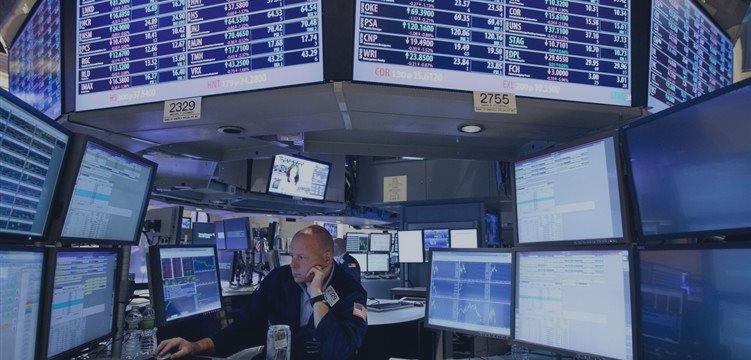
US producer prices register biggest fall in more than three years
U.S. producer prices in December recorded their biggest drop in more than three years on plunging energy costs whilst underlying inflation pressures were muted, a cautionary note for the Federal Reserve as it ponders its next step on monetary policy.
Different data indicated the number of Americans filing claims for unemployment benefits increased to a four-month high last week. That, however, probably does not interfere with the improving jobs market landscape as the data is difficult to adjust for seasonal variations around this time of the year.
According to the Labor Department, its producer price index for final demand descended 0.3 percent, the biggest drop since October 2011, after falling 0.2 percent in November.
Producer prices increased 1.1 percent in the 12 months through December after rising 1.4 percent in November, the smallest gain since November 2013. Analysts had predicted the PPI dropping 0.4 percent in December and increasing 1.0 percent from a year ago.
A broader measure of underlying producer inflation pressure that excludes food, energy and trade services edged up 0.1 percent after being flat in November. It was up 1.3 percent in the 12 months through December.
Fed representatives largely view the energy-driven weakness in inflation as transitory. However, with retail sales and average hourly earnings, another key inflation measure, falling in December, that could give pause to some policymakers.
In a second report, the Labor Department said initial claims for state unemployment benefits rose by 19,000 to a seasonally adjusted 316,000 for the week ended Jan. 10.
Economists
had forecast claims falling to 291,000 last week. The four-week moving
average of claims, considered a better measure of labor market trends as
it irons out week-to-week volatility, rose by only 6,750 to 298,000
last week. It has remained below 300,000, which is associated with a firming labor market, for 18 weeks, as Reuters reports.
In a third report, the New York Federal Reserve said its Empire State general business conditions index rose in January to 9.95 from December's revised -1.23 reading, which was its first negative mark since January 2013.
U.S. stock index futures pared losses after the data, while yields on U.S. Treasuries trimmed earlier declines. The dollar was lower against a basket of currencies.
The U.S. central back has kept its short-term interest rate near zero since December 2008. Most economists expect the first interest rate hike in June, but U.S. futures traders have cut their bets to the second half of this year.
Inflation is running below the Fed's 2 percent target. Consumer inflation data on Friday is expected to show price pressures remaining muted in December.
Last month, wholesale energy prices dropped a record 6.6 percent after falling 3.1 percent in November.
They have now declined for a sixth straight month, reflecting falling crude oil prices against the backdrop of weakening global demand and increased shale production in the United States.
Strong US currency, as the domestic economy outperforms its global peers, is also helping to curb inflation.
Worries about global weakness had sent copper prices down on Wednesday. However, it rose on Thursday on a mix of bargain-hunting, short-covering and hedging by consumers, a day after its biggest slide in more than three years, but more losses were expected.


